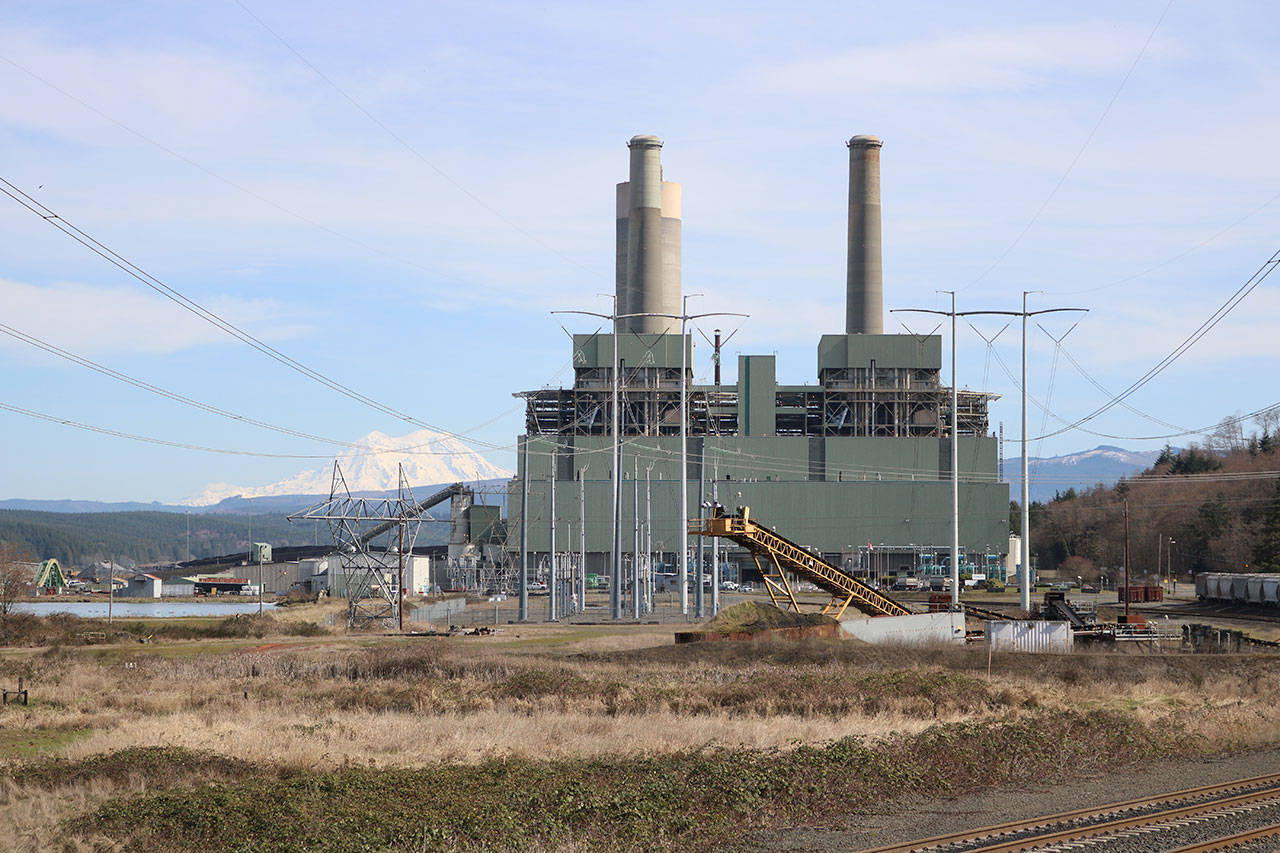One of the interesting features of climate change is the warmer it gets, the warmer it will get. Warming global temperatures are often thought of as a one-way street, originating from the exhaust pipe of a vehicle and ending with an uptick on the thermometer. But the Earth has its own regulating factors at work, ones that when triggered work to further exacerbate human-caused warming. These cycles are known as feedback loops, and many are already churning.
An example of one of the feedback loops is as humans pump CO2 and methane into the atmosphere from a variety of sources, global temperatures rise. That warms permafrost found near Arctic latitudes, which in turn warms and activates bacteria in the soil. Those bacteria get back to what they were doing, and in the process produce methane, which in turn warms the climate further, defrosting more soil and producing more methane.
“That is one that we’re really concerned about given the extent of permafrost cover,” said University of Washington researcher Heidi Roop.
Roop is part of UW’s Climate Impacts Group, which is trying to understand how climate change is already affecting the planet and how it will continue to do so. Methane is of particular interest to researchers, and is one of the main greenhouse gasses.
Methane is about 25 times stronger than CO2, meaning it can trap more heat. It exists in the atmosphere for about a decade before being oxidized. CO2 on the other hand can last for hundreds or thousands of years. While methane sticks around for a much shorter time, if enough is released in a short span it has the potential to set off what researchers call a “methane bomb.”
While this idea caused a stir when it was proposed, more recent research is pointing to the idea that an apocalyptic methane bomb from large natural reservoirs seems unlikely. In an article from the University of Rochester, researcher Vasilii Petrenko collected 2,000 pounds of glacial ice dating back 12,000 years in 2011. When it was analyzed, it found that the risk of a methane bomb seemed lower than previously thought, and that humans are likely contributing more methane to the atmosphere than previously thought.
Since the widespread human use of fossil fuels didn’t begin until the 18th century, the baseline of natural methane is thought to be roughly the same now as in the glacial ice records. Using this as a baseline, Petrenko found that natural methane levels were three to four times lower than previously estimated, and that human-caused emissions might be up to 25 percent higher.
Peter Neff is a postdoctoral research associate at UW, and said much of the methane warming in recent centuries has come from human uses.
“A big source of increased methane since the 1850s, since the industrial revolution, is agriculture and land use change,” Neff said.
Industrial farming, especially from crops like rice, along with animal production have increased methane. However, if Arctic methane is released, it could end up raising global temperatures several degrees, though the methane would clear from the atmosphere relatively quickly afterward.
“That’s why this idea of the methane bomb, it’s a big warming event, but it’s relatively more short-lived than a big spike in CO2 would be,” Neff said.
CO2 has its own lifecycles too. Fossil fuel burned for fuel emits CO2 into the atmosphere which, over the course of thousands of years, is absorbed by oceans and used by phytoplankton and other animals as shell or for other uses. When these animals die, their shells sink and are eventually absorbed beneath the ocean floor.
Methane is still a concern for researchers, even if a methane bomb scenario may be less likely than previously thought. Roop said there is research happening now into how warmer lakes could increase methane and affect the activity of organisms living in them.
Another feedback loop comes from melting sea ice, which is white and reflects much of the sunlight that hits it. As sea ice and glaciers melt in at the poles and Greenland, the underlying sea water or land can absorb more heat, in turn warming the planet further.
Other feedback loops involve CO2, which is stored in soil and released through poor agriculture practices, or by large forest fires that push carbon and CO2 into the atmosphere. At the same time warming temperatures affect the amount of rainfall. In Puget Sound, researchers expect summers to become hotter and drier while winters become wetter. This has led many trees across Washington state to become heat stressed or diseased.
Finally, a terrifying — if abstract — feedback loop could come from above, scientists say. Stratocumulus clouds cover around 20 percent of low-latitude oceans and provide significant shading from sunlight. However, according to a study published in Nature Geoscience, if CO2 levels rise above 1,200 parts per million (ppm), it could interfere with cloud formation. This could lead global temperatures to rise by 14 degrees F in addition to ‘normal’ global warming. The amount of CO2 in the atmosphere is currently around 400 ppm.
Technologies are being developed to remove CO2 from the atmosphere, but none are ready to be deployed at a large enough scale needed to meaningfully address climate change. They are also expensive, but provide a possible way to remove the greenhouse gas from the atmosphere.
Talk to us
Please share your story tips by emailing editor@kentreporter.com.
To share your opinion for publication, submit a letter through our website https://www.kentreporter.com/submit-letter/. Include your name, address and daytime phone number. (We’ll only publish your name and hometown.) Please keep letters to 300 words or less.

